I recently spent a month in Italy.
There was a choice of reasons for the trip:
- Our 17-year-old son will leave the nest in coming years. We wanted a meaningful family holiday.
- We invest in several companies listed on the Milan Exchange. These were sitting at value. Italy has surprised with economic stability and growth in recent years.
- I have some Italian ancestry. The culture has long had appeal to me.
Although we’ve lived in Europe before and visited Italy, this time was different.
We drove across the country and lived as locals. We mixed tourist attractions with local neighbourhoods. I polished up enough Italian to get by. We spent time with family and friends.
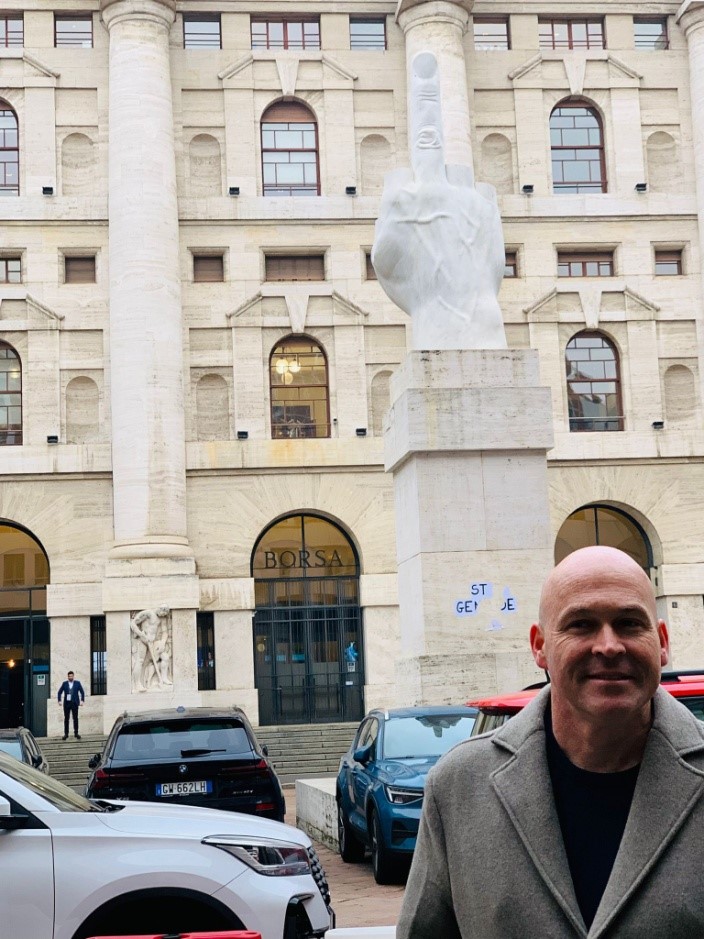
At the Milan Stock Exchange. Source: Author
Well, New Zealand is ranked as one of the world’s best lifestyle countries. On paper, its GDP per capita is somewhat higher than Italy. So, how do the two countries compare for day-to-day quality of life?
Finances
Day to day, it is cheaper to live in Italy.
We saved about 30% on our food and dining-out bill. This does depend on what you buy.
A cappuccino at the local bar: €1.70 (NZD $3.10).
A half-decent bottle of Chianti at the supermarket €4.50 ($8.20).
Mind you, if you want decent steak (special-occasion food in Italy), you might expect to spend €40 ($73) per kilo.
Housing is far more affordable
We stayed in Sesto Calende, a charming town on the outskirts of Milan, 20 minutes from the airport and an hour by direct train to the city centre.
There, I found this beautiful villa with five bedrooms and four bathrooms on almost 2 acres for €650,000 ($1,190,000).
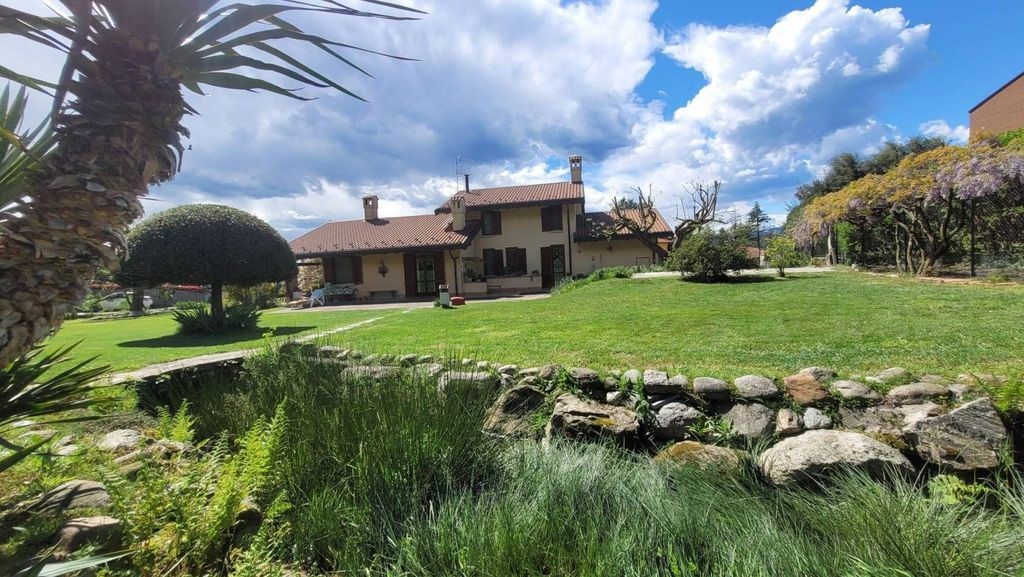
Source: Luxury Estate
If you don’t mind an apartment, you can get a decent two-bedroom with a car park near the Sesto Calende town centre for about €120,000 ($220,000).
Well, this was a surprise. Greater Milan is one the largest and most prosperous cities in Europe. Its cultural, shopping, and dining options make Auckland seem like a backwater.
Infrastructure
Italian cities are more densely populated. Roads tend to be narrow. Parking spaces are tight. The rail network, at least in Milan, is very good. And economical.
Travelling further afield by car can be a bit more complicated.
First, to use the Autostrade, there are tolls. Most have antiquated toll gates. You take a paper ticket. The barrier arm comes up, and off you go.
Then, when you exit the motorway, you insert your ticket at another gate and pay the toll. If anything goes wrong (for example, the ticket doesn’t print or you accidentally enter a Telepass gate) you will then encounter the Italian bureaucracy.
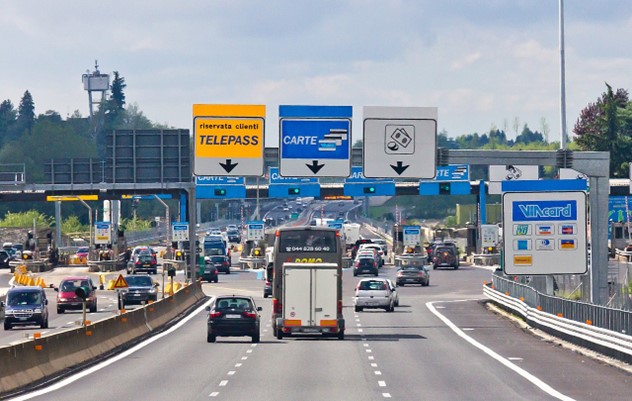
Toll station along the Autostrada A9. Source: Wikimedia Commons
You’ll need to go online and ‘self-certify’ your journey, providing ‘proof’ of where you entered the highway. Though I did find, after a missed ticket at Modena, that the Autostrada company took me at my word.
The upside is that the Autostrade will get you across the country fast at legal speeds of up to 130 km/h. The Italian penchant for tunnelling means the roads are flat and direct. Further, they are modernising some parts of the network. For example, the motorway to Como now has electronic free-flow tolling as in Puhoi, Auckland.
Culture
While on the subject of driving, road behaviour is definitely a cultural experience. Italians drive fast. They claim road space aggressively. They tailgate. They use their horn as emotional expression. Though, I would add, they are skilful drivers and may show benevolence when a need arises.
On that note, Italians are among the warmest people I’ve come across.
They greet each other in the street with a double kiss. They welcome you in shops and cafés. On a few occasions, we were given free food and gifts simply for speaking some Italian.
When my wife tripped over a pothole on the footpath, a young woman immediately stopped her car in the middle of the road to offer help.
During Mass in Ferrara, when my 12-year-old daughter started fading from standing, an elderly woman insisted she take her seat.
When I was dining at our friends’ home in Venice, the neighbour knocked on the door as he’d just made them some delectable pastries to add to the menu!
Happiness is often defined by relationships to others. I came across a 100-year-old barista still running the local bar in a small town on Lake Maggiore. The relationships in her community kept her going.
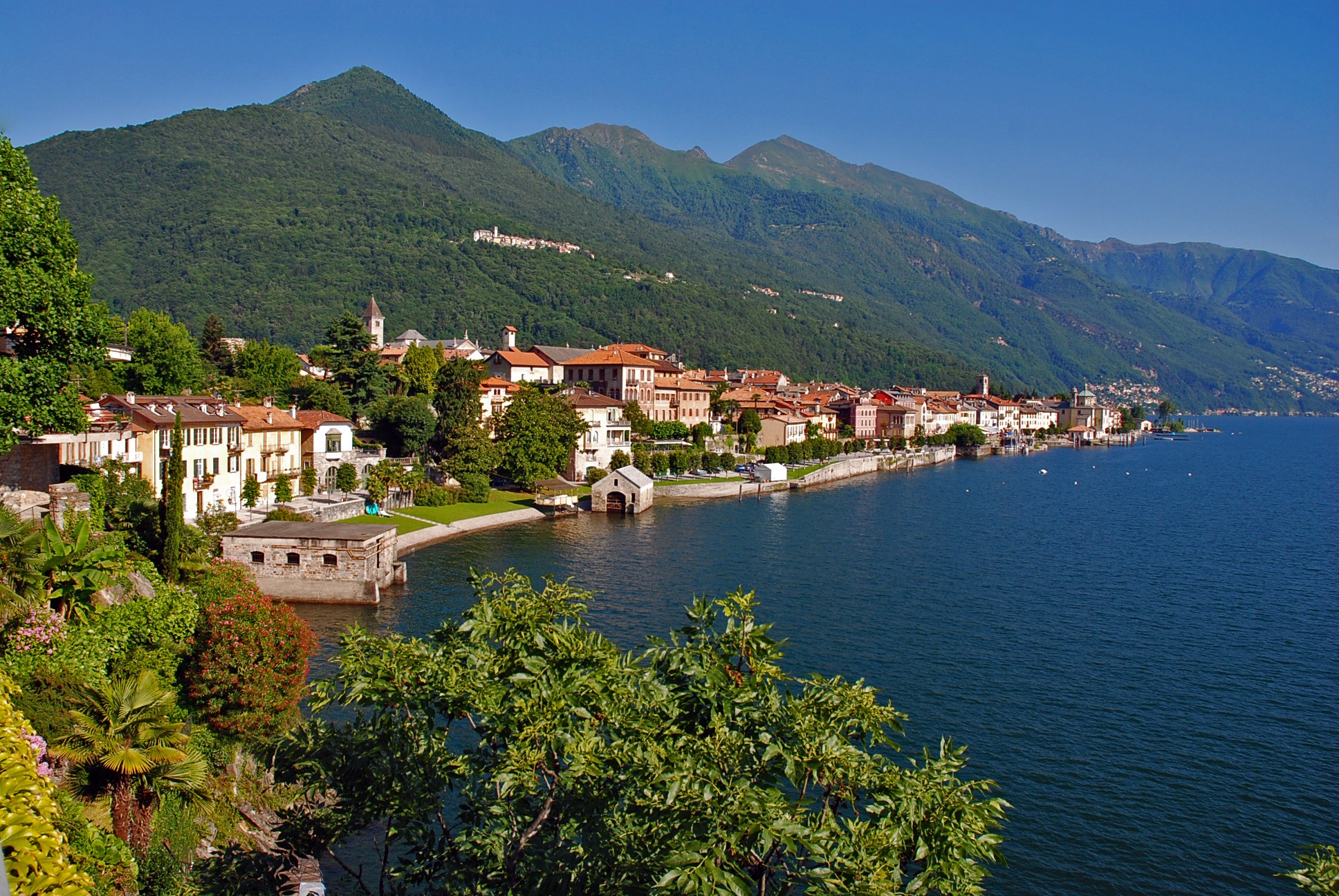
Lake Maggiore. Source: Jürgen Mangelsdorf / Flickr
Much of this seems to come from the Italian approach to life. They punctuate work with rest and socialising. They are focused on their families. Going out for dinner (which starts no earlier than 7pm) you will see Italian families with young children, grandparents, other relatives, and friends still eating their meal at 9pm!
Less woke
During my time in Italy, I seldom came across the endless grievance culture of racial division, rainbow washing, climate panic, or the diversity bandwagon. Simply, Italy seems a less woke, less worried state.
Maybe this is because Italians are quite united in their culture and religion (the Catholic Church), even though observance is on the decline.
Divisions in Italy appear mainly economic. The North is much richer than the South. Go to Naples and further south (which I did not) and an economy like Germany (in the North) becomes like Turkey.
Red tape
This brings me to the main problem in Italy. The state, over many years, has become a bloated burden. It does not operate efficiently. Taxes are very high. Government spending makes up over 50% of the GDP.
As a result, law-abiding Italians — especially those in business — always seem frustrated with the avalanche of paperwork they face in doing anything.
Many people operate outside the system. They do not declare all their income. They do not follow all the rules.
In short, it still seems much easier to get things achieved or resolved in New Zealand. There is less blight on economic life. Though, things did worsen on that front under the last government.
For Italy, there is not a lot of room to move. The ageing population means taxes must fund a healthcare and pensions time bomb.
Yet there is upside. Tax cuts, deregulation, and incentives for businesspeople and high-net-worth migrants can grow the economy. With almost 60 million people in the middle of Europe, there is excellent market size and access.
On balance, as a businessperson, I still prefer New Zealand. There’s more freedom in the end. That’s due to a lower population density, less red tape, and lower taxes. Yet if I didn’t own a home and could find opportunity in Italy, my opinion may be different.
Maybe Italian culture with American-style economic freedom is the ultimate combo. Which explains why so many Italians live in the US.
Yet Italy is changing under the new Meloni government. It does offer some value that hasn’t been on the radar of many investors.
As we’ve found, it can really surprise on the upside.
Are you looking to invest in Italy and other developed markets beyond the radar?
If you qualify as an Eligible Investor (with prior investing experience) or are a Wholesale Investor, our Managed Accounts could be for you.
We’ll help you build a robust portfolio in your own account focused on growth and income.
🎯Free consultations are currently available on this opportunity.
Regards,
Simon Angelo
Editor, Wealth Morning
(This article is the author’s personal opinion and commentary only. It is general in nature and should not be construed as any financial or investment advice. Wealth Morning offers Managed Account Services for Wholesale or Eligible investors as defined in the Financial Markets Conduct Act 2013.)

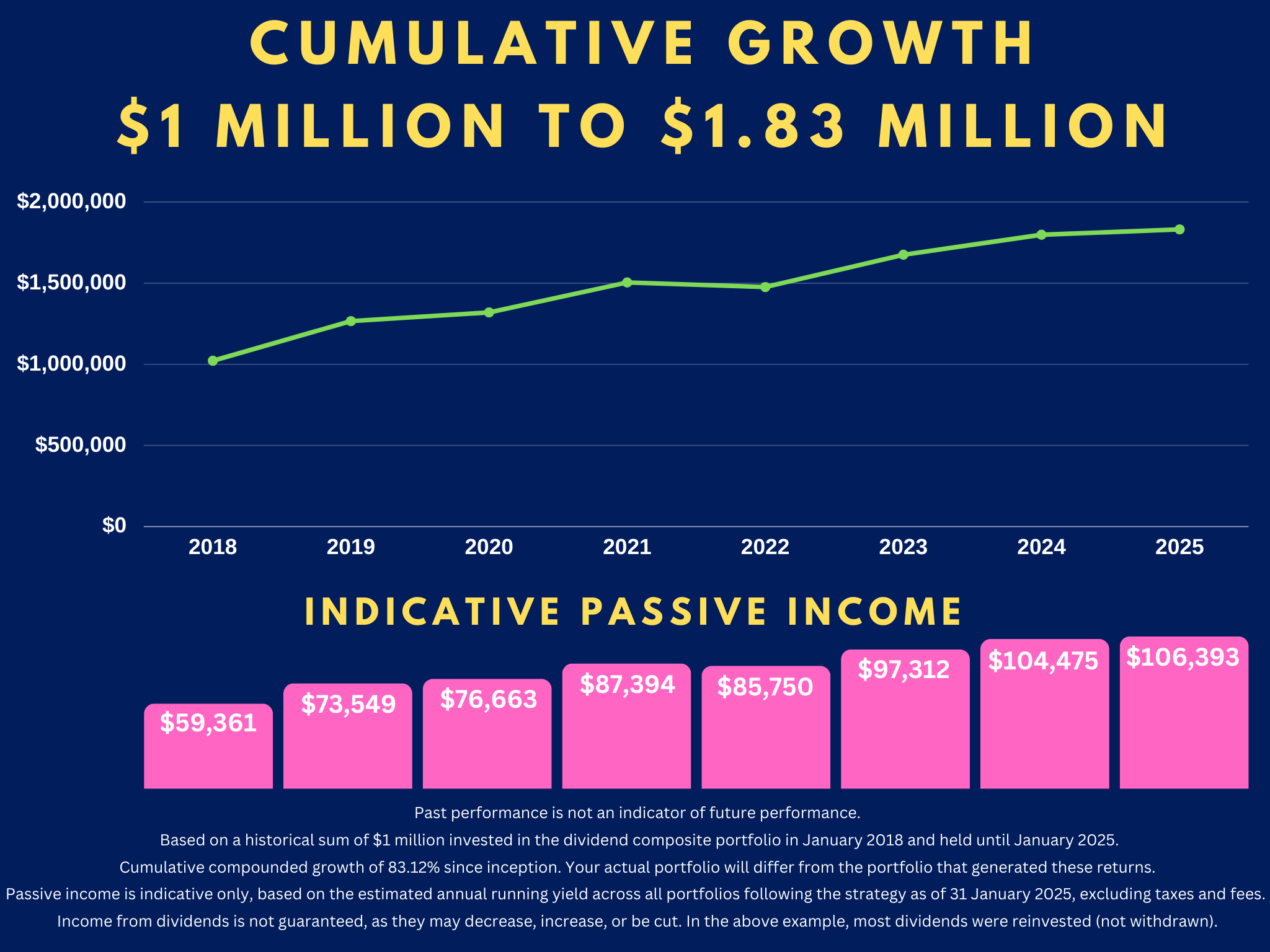
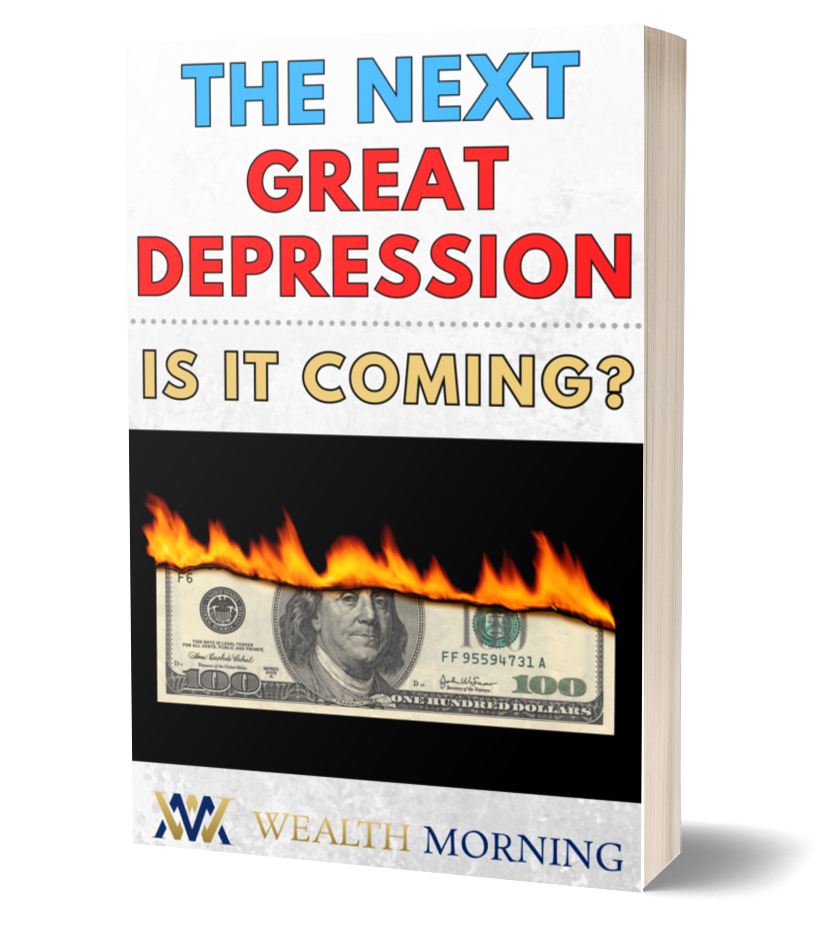

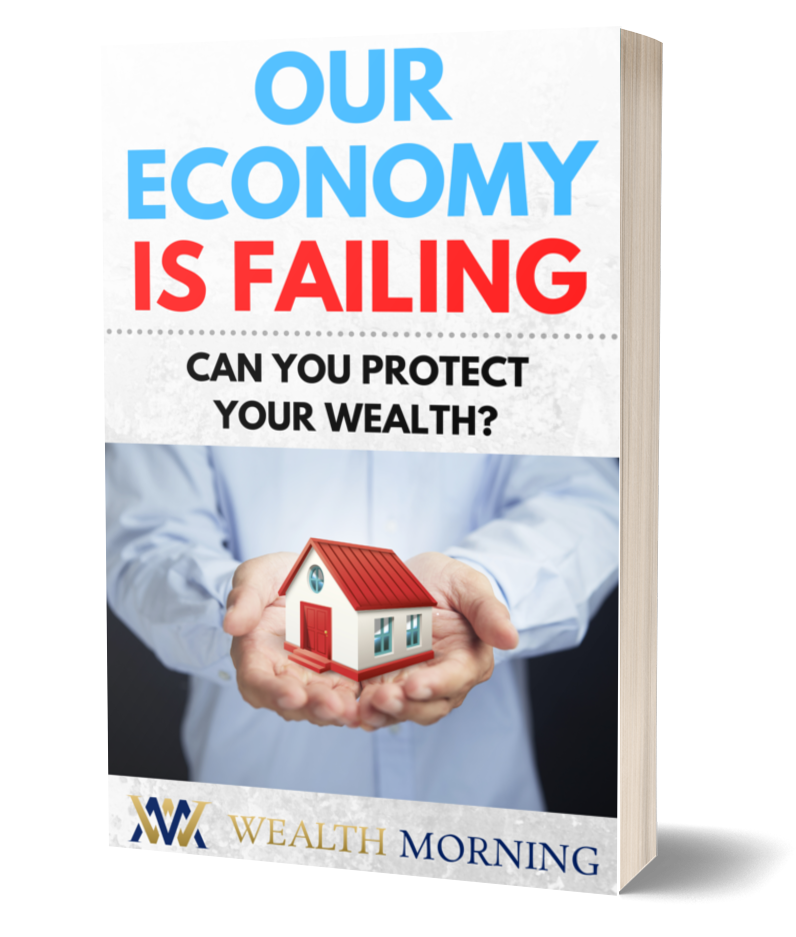
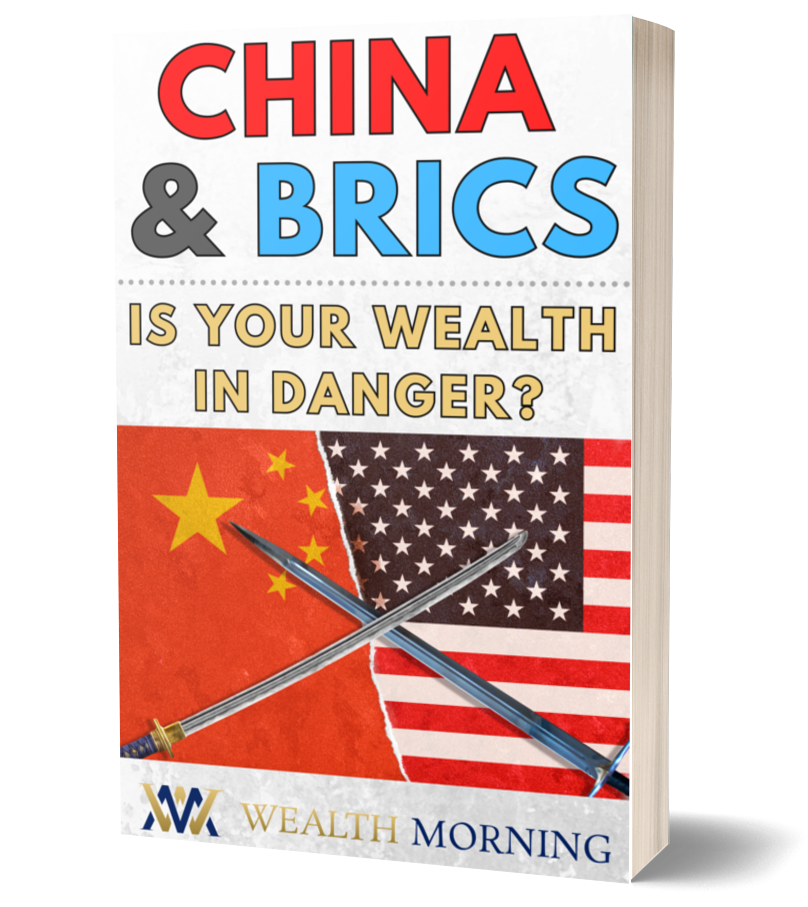
Simon is the Chief Executive Officer and Publisher at Wealth Morning. He has been investing in the markets since he was 17. He recently spent a couple of years working in the hedge-fund industry in Europe. Before this, he owned an award-winning professional-services business and online-learning company in Auckland for 20 years. He has completed the Certificate in Discretionary Investment Management from the Personal Finance Society (UK), has written a bestselling book, and manages global share portfolios.